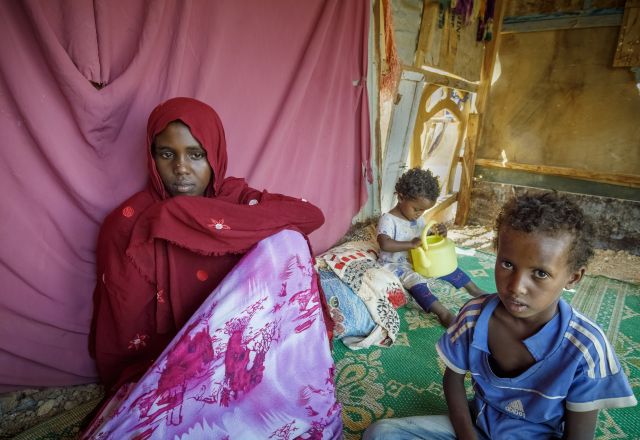What is it?
Female genital mutilation (FGM) is a type of gender-based violence.
It’s a procedure where external female genitalia are removed, or any other injury is caused to female genital organs for non-medical reasons. Abdirahman works with our partner organisation, Candlelight, which is working to end FGM in Somalia and Somaliland.
In partnership with Oxfam, we are working towards shifting and changing these norms through empowering communities by educating them on the health violations caused by FGM.— Abdirahman Ismail, Project Manager with Candlelight
Where is it practised?
FGM is known to be widely practised in at least 28 African countries and has been reported in several countries in the Middle East, Central and South America, and Asia.
When Is It Practised?
The age at which girls undergo FGM varies by community.
Women and girls between the ages of 15 and 49 have already undergone this procedure. The majority were cut between the ages of four and 11. Girls who experience it are more likely to be poor girls and less likely to be educated. The practicing communities believe that the procedure shifts the girls from childhood to womanhood and prepares them for marriage.— Abdirahman Ismail, Project Manager with Candlelight
Who Performs fgm
FGM is often done by untrained women using unsterile tools, increasing infection risks, as well as severe pain, bleeding and sometimes, death.
Some girls in Ireland are taken abroad for the procedure.
Mothers and other family members are always the organising parties who organise the cutting events. They consider it part of what they must do in order to raise a girl properly and prepare her for adulthood and marriage. From their perspective, not conforming to this obligation would bring great harm and would result in shame and social exclusion,— Abdirahman Ismail, Project Manager with Candlelight
Why is it practised?
The origins are unclear, but it has been around for centuries, even before major religions.
It continues today due to cultural, social, and religious beliefs, many of which are based on myths and misinformation.
Oxfam & Candelight's work
Oxfam and Candlelight work to change people’s attitudes towards FGM, by educating them about the health risks associated with it. Awareness sessions and campaigns all help to inform people of the dangers of FGM.
.

